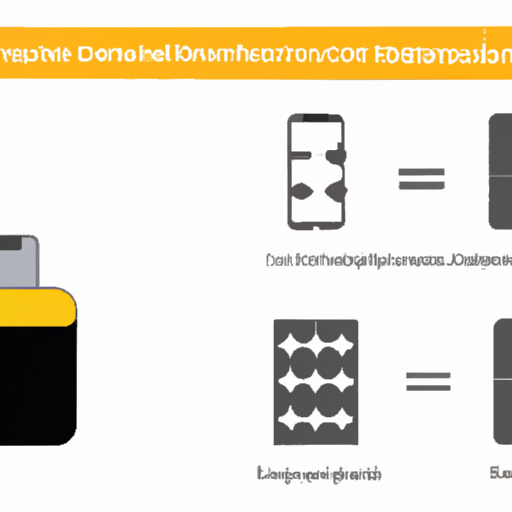Application Development in Non-Rechargeable (Primary) Batteries for LC-R122R2P: Key Technologies and Success Stories
When exploring the application development for non-rechargeable (primary) batteries like the LC-R122R2P, it is crucial to understand the underlying technologies and the successful implementations across various sectors. The LC-R122R2P is a specific model that exemplifies the capabilities of primary batteries, often utilized in a variety of electronic devices. Below is a detailed overview of the key technologies and notable success stories associated with this battery type.
Key Technologies
| 1. Battery Chemistry | |
| 2. High Energy Density | |
| 3. Safety Features | |
| 4. Miniaturization | |
| 5. Environmental Considerations | |
| 6. Smart Battery Management Systems (BMS) | |
| 1. Consumer Electronics | |
| 2. Medical Devices | |
| 3. Toys | |
| 4. Security Systems | |
| 5. Industrial Applications | |
| 6. Internet of Things (IoT) | |
Success Stories
Conclusion

The LC-R122R2P and similar non-rechargeable batteries are integral to powering a diverse array of applications across multiple industries. Their reliability, safety, and high energy density make them suitable for consumer electronics, medical devices, toys, security systems, and industrial applications. As technology continues to advance, the development of primary batteries will likely focus on enhancing performance while addressing environmental concerns, ensuring their continued relevance in future applications. The ongoing innovation in battery technology will pave the way for new applications and improved user experiences across various sectors.
Application Development in Non-Rechargeable (Primary) Batteries for LC-R122R2P: Key Technologies and Success Stories
When exploring the application development for non-rechargeable (primary) batteries like the LC-R122R2P, it is crucial to understand the underlying technologies and the successful implementations across various sectors. The LC-R122R2P is a specific model that exemplifies the capabilities of primary batteries, often utilized in a variety of electronic devices. Below is a detailed overview of the key technologies and notable success stories associated with this battery type.
Key Technologies
| 1. Battery Chemistry | |
| 2. High Energy Density | |
| 3. Safety Features | |
| 4. Miniaturization | |
| 5. Environmental Considerations | |
| 6. Smart Battery Management Systems (BMS) | |
| 1. Consumer Electronics | |
| 2. Medical Devices | |
| 3. Toys | |
| 4. Security Systems | |
| 5. Industrial Applications | |
| 6. Internet of Things (IoT) | |
Success Stories
Conclusion

The LC-R122R2P and similar non-rechargeable batteries are integral to powering a diverse array of applications across multiple industries. Their reliability, safety, and high energy density make them suitable for consumer electronics, medical devices, toys, security systems, and industrial applications. As technology continues to advance, the development of primary batteries will likely focus on enhancing performance while addressing environmental concerns, ensuring their continued relevance in future applications. The ongoing innovation in battery technology will pave the way for new applications and improved user experiences across various sectors.













